We take you readers on a leisurely tour through the capital of Bolivia. Lots of cafés, beautiful colonialist buildings and a relaxed atmosphere await us in Sucre. We find all this in a moderate, spring-like climate at an altitude of just under 3000m in the foothills of the Andes.
Old town of Sucre
First, we explore the old town of Sucre. We can hardly wait and so we set off on the first evening to see the city in its nocturnal charm. The closer we get to the main square, the Plaza de Armas, the older the buildings become. Many are characteristically white with dark wood accents. This is why Sucre is also known as the “White City”. Many of the houses date back to the 18th century and have been surprisingly beautifully restored in the meantime. Of course, the special protected status of the old town as a UNESCO World Heritage Site also contributes to this. We balance on narrow sidewalks, sometimes centimeters away from the traffic, as the old alleyways are simply not designed for today’s traffic situation. Somehow, however, this fits in well with the overall picture and we feel really at home.
Behind many doors are typically long corridors that lead into beautifully landscaped courtyards. This type of construction, which was probably brought to Bolivia by the Spanish, is ideal for the moderate, dry climate. The Plaza de Armas is also extremely well-kept and invites us to linger on a shady park bench. After our other experiences in Bolivian cities, we didn’t expect this city to have so much charm – we are thrilled!
San Felipe de Neri Monastery
We visit the San Felipe de Neri monastery, an architectural highlight in Sucre. Its eventful history is also reflected in its architecture. The San Felipe de Neri monastery was largely built in the 18th and 19th centuries and has various neoclassical features. The top of the building in particular also has Arabic elements, which makes the building unique. We enjoy the short, guided tour and the free time afterwards to look at each floor individually. As for its eventful history, the building was used as a monastery until the 1950s. It was then used as a school, then closed to the public and finally a new order is now running it again as a school for the children of Sucre. We see many empty classrooms, the opening hours for tourists are from half past two in the afternoon, when the pupils are already at home and the atmosphere in the building is therefore pleasantly quiet.
We find the accessible roofs on the monastery particularly interesting. They are just high enough to get an overview of the rest of the city’s buildings and thus take in a panorama of Sucre. The many clay tiled roofs in the heart of the old town combined with the white façades create a beautiful backdrop.
Simon Bolivar Park
A short walk to the edge of the old town takes us to Simon Bolivar Park. Another well-kept green space that is completely characterized by French influence. It is a little Paris, with a miniature Eiffel Tower, French pavilions and a park to match. There is also a small triumphal arch. However, the French influence is no coincidence: the same Gustave Eiffel is responsible for the small Eiffel Tower as for the one in Paris. However, the construction is not a copy, rather the Eiffel Tower of Sucre was planned, built and ultimately used as a weather observation station. At the beginning of the 20th century, it was high enough to tower over all the surrounding buildings, but today the buildings and the beautiful, large trees are much higher than the Eiffel Tower of Sucre. Accordingly, it is now a reminder of the past collaboration with Gustave Eiffel rather than a weather station.
Everyday life in Sucre
As long-term travelers, we also have to reflect a little on the upcoming stages of our trip. The next two to three weeks will take us through very undeveloped areas of Bolivia. Accordingly, we prepare ourselves for the fact that there will be few shops, laundries and hairdressers. We pack all these administrative tasks into our stay in Sucre. Always interspersed with generous coffee breaks so that we don’t get into travel stress and can enjoy Sucre despite the errands.



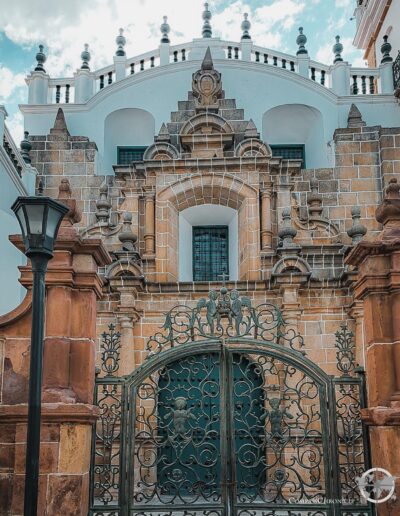
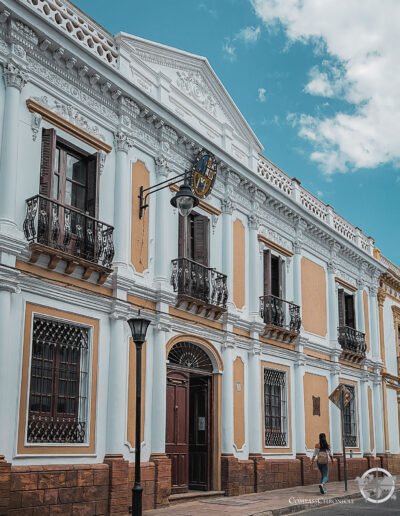








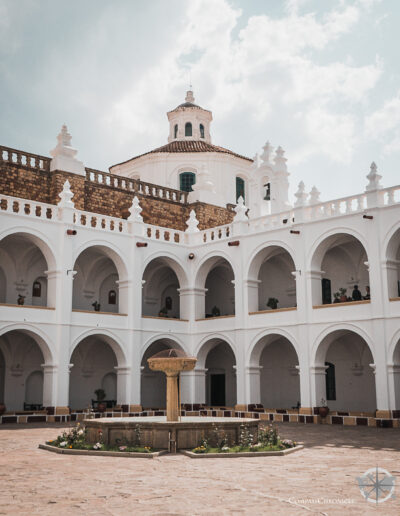

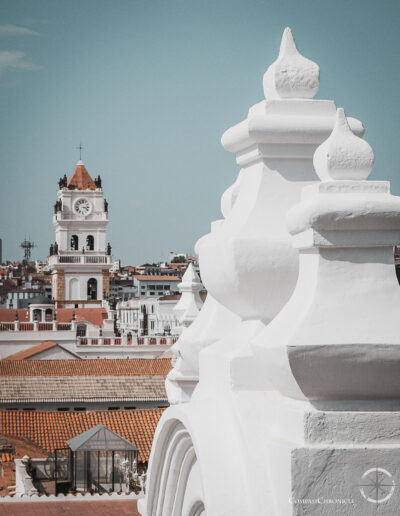










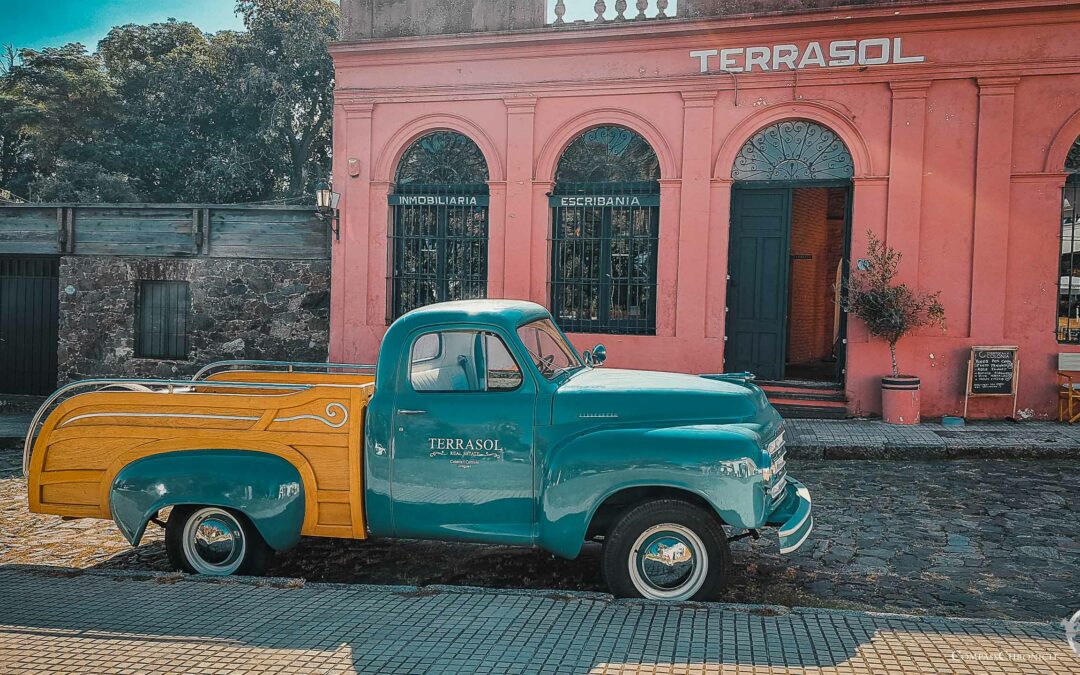

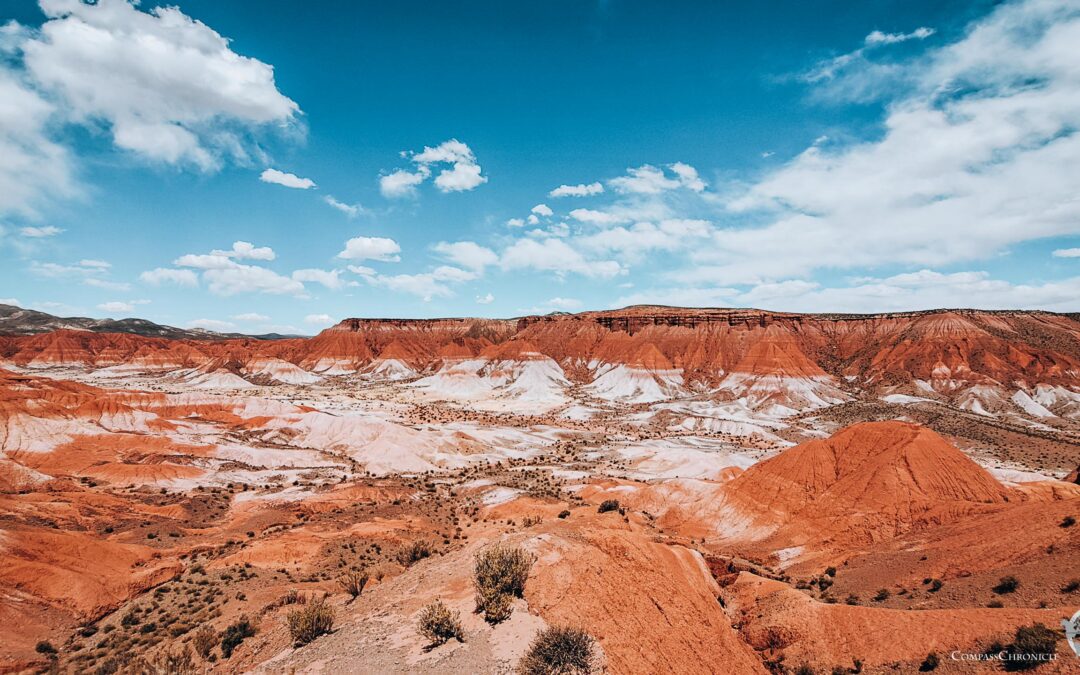


0 Comments